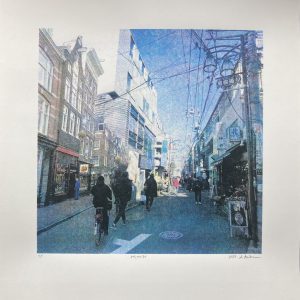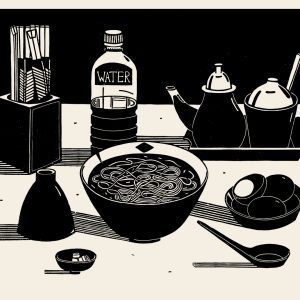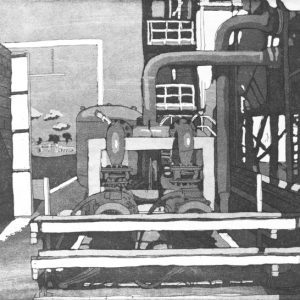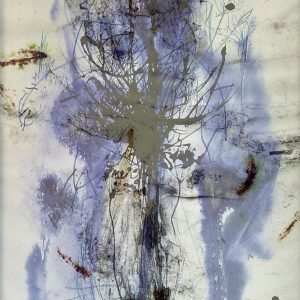Congratulations to the 2022 Printmaking Prize Winners and Finalists
We are super excited to share this year’s winners and finalists and warmly thank our Judges Carolyn McKenzie-Craig and Mark Graver for generously providing their expertise and knowledge. We thank every entrant for sharing their work with us and congratulate our thirty finalist who collectively reflect the breadth of contemporary print practices.
Proudly sponsored by Derivan






























